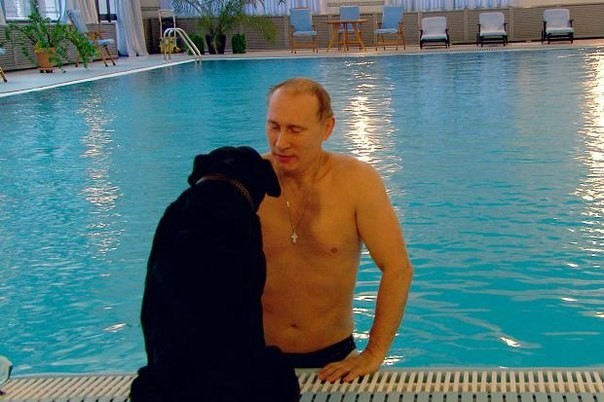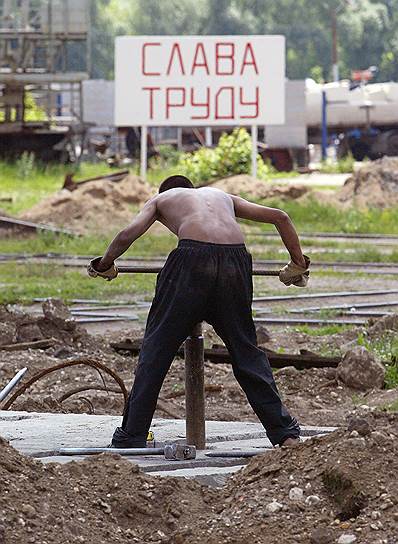From -
http://rbth.com/society/2013/11/29/10_varieties_of_russian_smiles_32123.html
Russians have a reputation for being stern, serious, unsmiling people. But actually, Russians do smile, and their smiles mean different things in different situations.
For many centuries, everyday existence in Russia was a strenuous battle for survival; the life of the common Russian was grueling, and worry became entrenched as a standard common facial expression.
Given this situation, a smile reflects an exception to the rule — well-being, prosperity, a good mood — and while all of this may occur to some people and in exceptional circumstances, it is noticed by everyone.
Sincerity and openness are hallmarks of Russian culture, which is why Russian smiles are rare and expressed only in contexts where they are appropriate and express an honest emotion of happiness. Here are some descriptions of typical Russian smiles — and non-smiles.
1. The closed-mouth smile
Most often, Russians smile only with their lips, only occasionally showing the upper row of teeth slightly. Revealing the top and bottom teeth is considered vulgar, as it resembles either an animal with bared teeth or a horse.
2. The “servant’s smile”
In Russian communication, a smile is not a signal of politeness. Russians consider a perpetual polite smile an “servant’s smile.” It is considered a demonstration of insincerity, secretiveness and unwillingness to show one’s true feelings.
3. The non-smile
In Russian communication, it is not acceptable to smile at strangers. Russians smile mainly at people they know. This is why salespeople do not smile at shoppers.
4. The responsive smile
Russians do not automatically respond to a smile with a smile. If an acquaintance responds to a smile with a smile, this is considered an invitation to come over and start a conversation.
5. The smile as a symbol of affection
A Russian smile demonstrates to the recipient that the smiling person has personal affection towards him or her. A smile directed at a stranger may elicit the reaction, “Do we know each other?”
6. The official’s non-smile
Among Russians it is not acceptable to smile while performing one’s job or any important business. Customs agents do not smile because they are occupied with serious business. This is the same for salespeople and waitstaff. It is not acceptable for children to smile in class. One of the most common remarks Russian teachers make is, “What are you smiling at? Write.”
7. The genuine smile
In the Russian collective consciousness, there is a rule: the smile must be a genuine reflection of a good mood and good relationship. In order to have the right to smile, one must truly like the person in question or be in a very good mood at the moment.
8. The smile with no reason
If a Russian person smiles, there should be a good reason behind it – and this reason should be known to everyone likely to witness the smile. If the reason for a smile is not clear, Russians may worry about the reason behind it.
9. The appropriate smile
The other people present must consider the smile to be appropriate for the context. It is not acceptable to smile in a difficult situation or if there are people around with known serious troubles, or if someone is ill or preoccupied with personal problems and so on.
10. A laugh as a smile
Among Russians there is a blurred line between a smile and laughter; in practice, these phenomena are often the same and are likened to each other.
Russians often say to people who are smiling, “What’s so funny?”
Iosif Sternin is the head of the Department of General Linguistics and Stylistics, Voronezh State University.
This article is abridged from the original, which can be read in Russian here
- http://rbth.com/society/2013/11/29/10_varieties_of_russian_smiles_32123.html)










